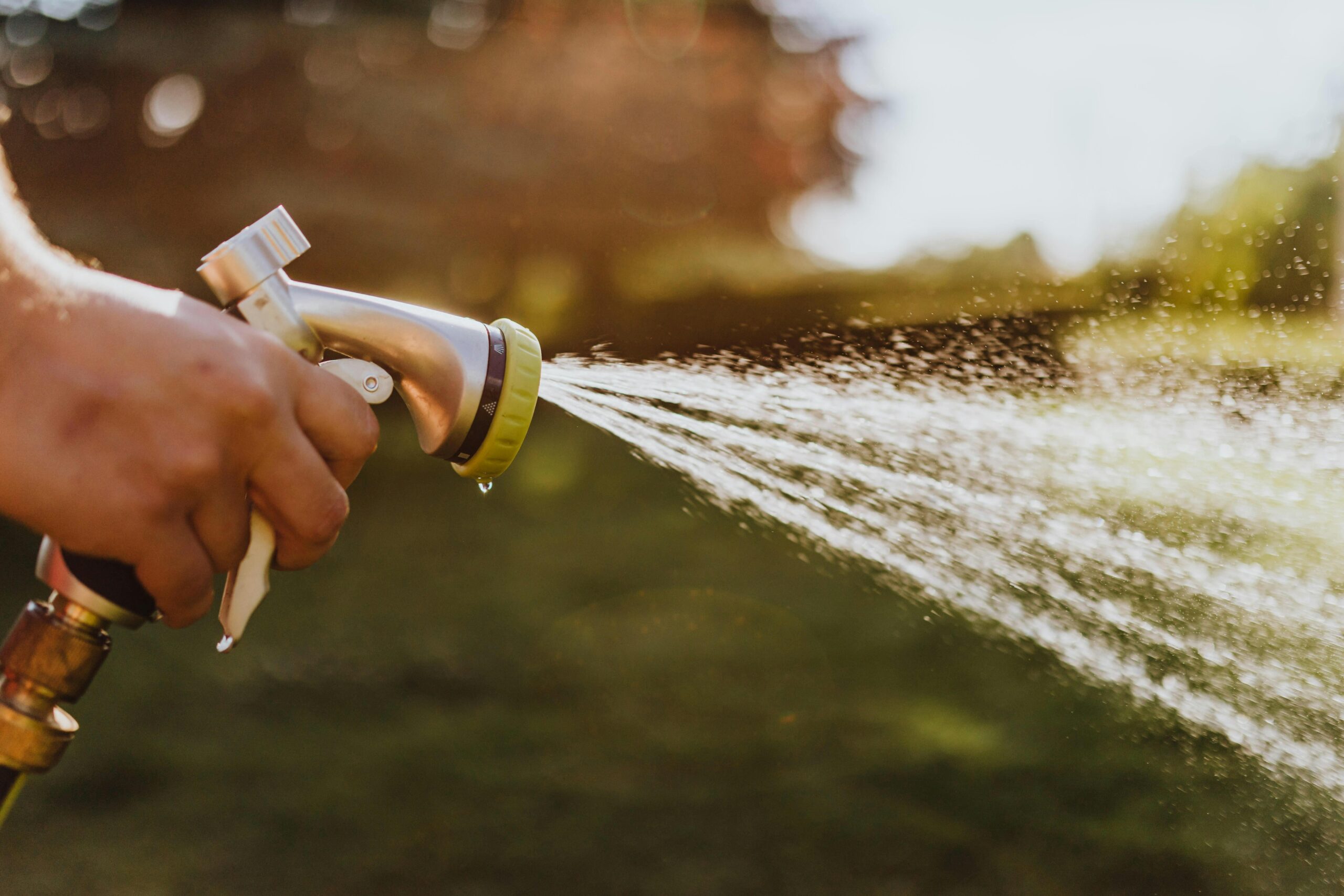
There’s nothing more frustrating than a shower that’s more of a drizzle than a relaxing stream of water. For many Canberra homeowners, low water pressure is a common and persistent annoyance.
But does it have to be?
At Woden Valley Plumbing & Gasfitting, we firmly believe it doesn’t. This guide aims to empower and educate you on simple, practical steps to help you improve low water pressure in your home.
Why is Your Home’s Water Pressure Low?
When it comes to home comfort, poor pressure from your water pipes can leave you feeling quite frustrated.
So, what could possibly be draining your home’s water meter pressure? If you dig a little deeper, you might be surprised. You see, your hot water system pressure doesn’t just happen. It’s usually an underlying cause that is often a symbol of a greater plumbing issue.
From old plumbing systems to narrow copper pipes, mineral deposit build-ups, a failing pressure regulator or even a shared water source, your water pressure may be suffering for myriad reasons. To our advantage, once we can identify the cause, we’ve taken the first major step in rectifying the problem.
Common Causes of Reduced Water Pressure
If you’re noticing a dip in the pressure of your home’s water, it’s essential to pinpoint the root cause. Think of it as detective work. Here are the usual suspects:
Blocked Pipes
Over time, minerals and debris can build up inside your pipes, reducing the water flow. This is often a more prevalent issue in older homes with galvanised iron pipes.
Leaks
If you have leaking water and are experiencing low water pressure – it’s simply because not all the water is reaching your tap.
Malfunctioning Pressure Regulators
Homes with high-pressure water might use a pressure regulator to maintain balanced levels. However, a fault in the pressure limiting valve can reduce the flow.
Shutoff Valves
Accidentally partially closing or a malfunction in the water main shutoff valve can result in a decrease in pressure.
While this might seem intimidating, many of these issues can be easily fixed with the right know-how and a qualified plumber. Remember, your home’s plumbing isn’t just about convenience—it’s integral to your everyday living.
Dealing with Low Water Pressure in Older Canberra Homes
Canberra is peppered with heritage homes, each boasting its own unique personality and charm. But if you’re lucky enough to own one of these pieces of Aussie history, you might find yourself fighting an uphill battle with plumbing and, consequently, low water pressure. Here are some practical steps to deal with this common issue.
Tip 1: Don’t ignore the problem.
It might seem like a minor inconvenience when your water flow drops significantly, but it could be a warning sign of a more serious plumbing problem. Leaving it unaddressed could elevate unnecessary stress and expenses down the line. So, make addressing your property’s plumbing a priority.
Tip 2: Check for a buildup of mineral deposits.
Older homes, particularly those with original plumbing, can suffer from a buildup of minerals and sediment in the water pipes. This can lead to clogs that reduce water pressure.
Consult with our local plumbers at Woden Valley Plumbing & Gasfitting to decide the best course of action and whether a comprehensive pipe cleaning is necessary.
Tip 3: Don’t be afraid to upgrade your plumbing.
While the rustic allure of your older home is something to cherish, your plumbing is not. You should upgrade to newer plumbing technology, including your water meter, if you have corroded pipes or other faulty fixtures from ageing plumbing. This will boost your water pressure and make your home more water-efficient, saving you money on your water bills over time.
How Regular Maintenance Can Prevent Low Water Pressure
The first step in taking control of your water pressure problem is to commit to regular maintenance of your plumbing. This is an essential preventive measure that can keep your water supply at the right pressure, saving you from stressing out over low water pressure when you least expect it.
A routine checkup goes beyond looking at visible galvanised steel pipes. It involves assessing less accessible plumbing fixtures, understanding if your plumbing is up to date or needs pipe replacement, and determining if your plumbing system is optimised for your home size and usage.
These aspects may not be something you can handle on your own, but that’s precisely why our local plumbers come in handy.
At Woden Valley Plumbing & Gasfitting, our team of experts can help make this task far less daunting. We will estimate the status of your multiple plumbing fixtures, including their age, pipe sizes, and even the effect of your local geography on water pressure.
We’ve got you covered, from basic assistance to advanced solutions to ensure optimal water pressure.
Key Takeaways: Enhance Your Water Pressure Today
- Low water pressure in your home can be due to various reasons, including a faulty water meter, blocked pipes, water leaks, or issues with the local water supply.
- It’s essential to identify whether the problem is with a single aspect of your internal plumbing or affecting the entire house to determine the potential cause of the low water pressure.
- Older homes in Australia can often suffer from plumbing issues, resulting in low water pressure. Persistent issues need professional attention.
- Regular maintenance of your home’s plumbing system can help prevent water pressure drops. This includes periodic inspection of pipes, taps, and appliances connected to your water supply.
- Remember that DIY solutions can help in minor cases of low water pressure, but complex problems must be left to professionals like Woden Valley Plumbing & Gasfitting.



























































